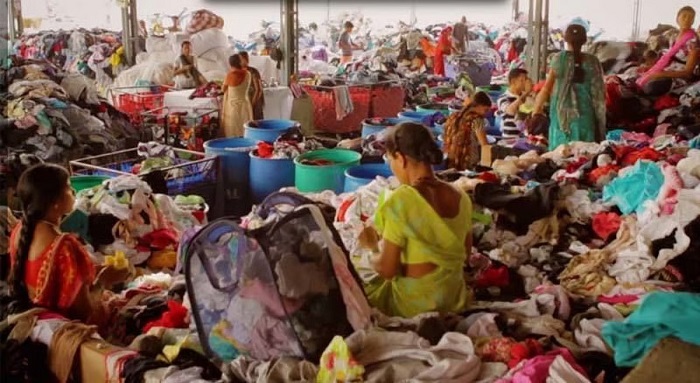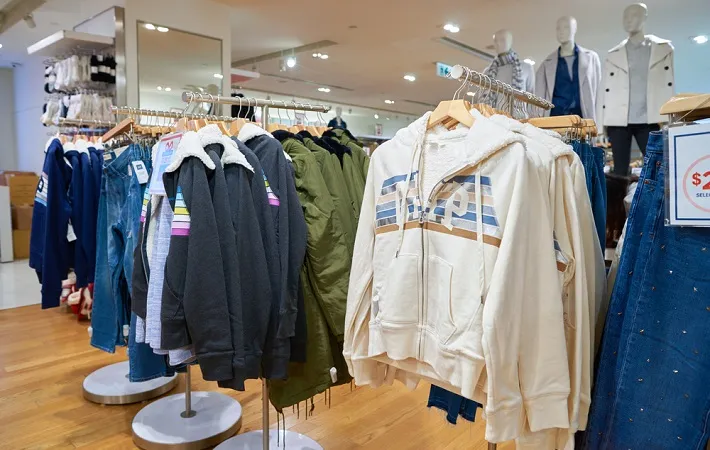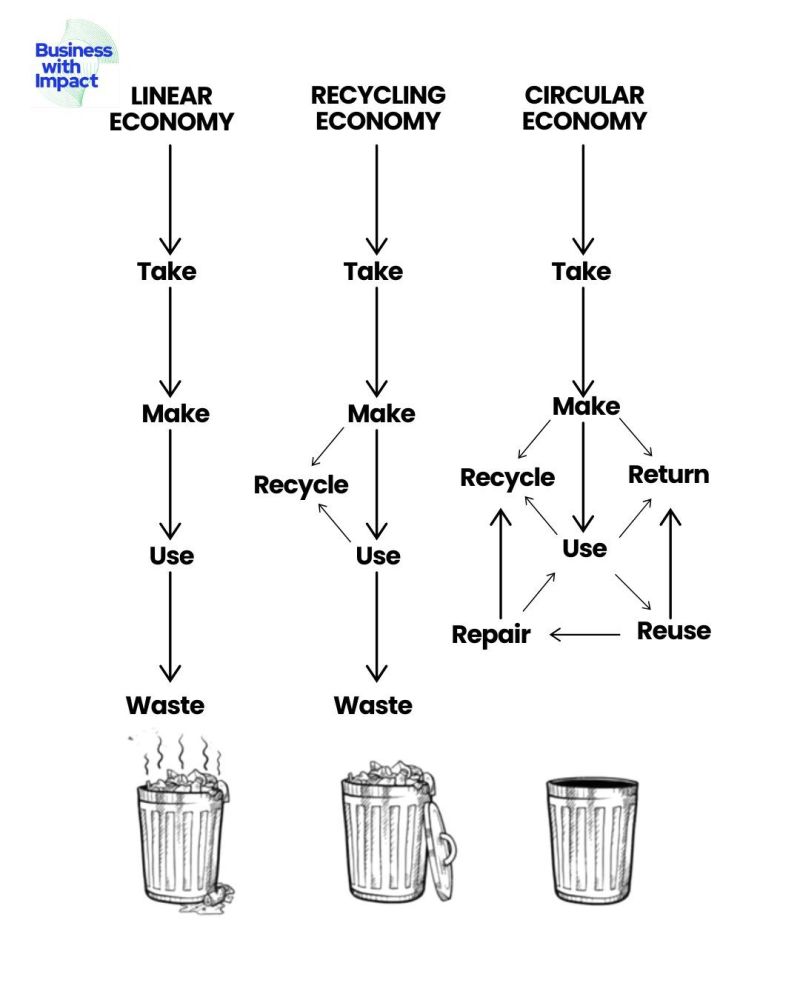"Till recently, China used to dominate the global market of textiles and apparel, footwear and furniture but rising wages have disrupted its global competitiveness in labour-intensive sectors. Now China is readying itself to venture into hi-end skilled manufacturing verticals. As per figures, in 2010, low-value apparel and home textiles accounted for 51 per cent and 29 per cent of China’s textile industry respectively. But in 2014, their share came down to 46.8 per cent and 28.6 per cent, with the share of value-added industrial textiles rising from 20 per cent to 24 per cent. This share is further projected to decline by 2025."

Till recently, China used to dominate the global market of textiles and apparel, footwear and furniture but rising wages have disrupted its global competitiveness in labour-intensive sectors. Now China is readying itself to venture into hi-end skilled manufacturing verticals. As per figures, in 2010, low-value apparel and home textiles accounted for 51 per cent and 29 per cent of China’s textile industry respectively. But in 2014, their share came down to 46.8 per cent and 28.6 per cent, with the share of value-added industrial textiles rising from 20 per cent to 24 per cent. This share is further projected to decline by 2025. This would create a $50 billion opportunity for other low-cost producers in apparel market alone, according to FASH455, a global apparel and textile trade and sourcing agency.
Where does India stand?

With over 40 per cent contribution towards exports, Indian textile industry has been shining high. With China vacating space, the country hopes to take the larger share of the pie. But close rivals like Bangladesh, Vietnam and Cambodia, are giving it a tough fight. In this scenario, India needs to project its inherent competitiveness to expand export potential. In 2000, India held 3 per cent share of apparel export market while Bangladesh’s and Vietnam’s shares stood at 2.6 per cent and 0.9 per cent respectively. But in 2016, with Bangladesh and Vietnam seeing their market shares jump to 6.4 per cent and 5.5 per cent respectively, zooming past India whose share modestly increased to 4 per cent. Meanwhile, Ethiopia too is emerging as a serious player in the global apparel market. The African country exported textile and apparel worth $7.32 billion in 2015, which it has targeted to raise to $30 billion by 2025. Apparels also stand to be the highest employment generator for the country. For every Rs1 lakh investment, nearly 24 jobs are created, compared to 1.3, 0.3 and 0.1 in food processing, auto and steel respectively. Moreover, it has the highest potential to absorb women workers.
Footwear and furniture
India is scoring low in footwear and furniture export markets too. Country’s footwear exports, valued at $2.54 billion in 2013, came down to $0.42 billion in 2016. In comparison, Vietnam exported footwear worth $18 billion during the same year, next only to China. India’s export of furniture bedding and mattress shrunk to $0.2 billion in 2016 from $1.09 billion in 2013. While China sustaining the lead, developing countries like Poland, Mexico and Vietnam have also emerged as significant contributors.
According to credit rating agency Fitch, Bangladesh and Vietnam already have strong footholds in these sectors. Together they accounted for 8 per cent of global clothing, footwear and furniture exports in 2015, up from 3 per cent in 2010. This established scale could be an advantage. Bangladesh, for example, has a ready-made garments industry that accounts for over 80 per cent of its exports, and has the capacity to meet large orders swiftly.
How can India stand to gain?
As per UN Comtrade, a significant drop in China’s low-end manufacturing over the coming decades would leave a large gap for lower-cost countries to exploit. China’s global share of exports of clothing, footwear and furniture is still almost 40 per cent. However, the decline now appears to be gathering momentum – China’s exports of these labour-intensive goods fell by 10 per cent in dollar terms in 2016. A 2014 Boston Consulting Group report suggests, the cost of Indian labour has remained virtually flat over the past decade when adjusted for productivity gains. By contrast, labour costs in China’s coastal provinces have nearly tripled.











